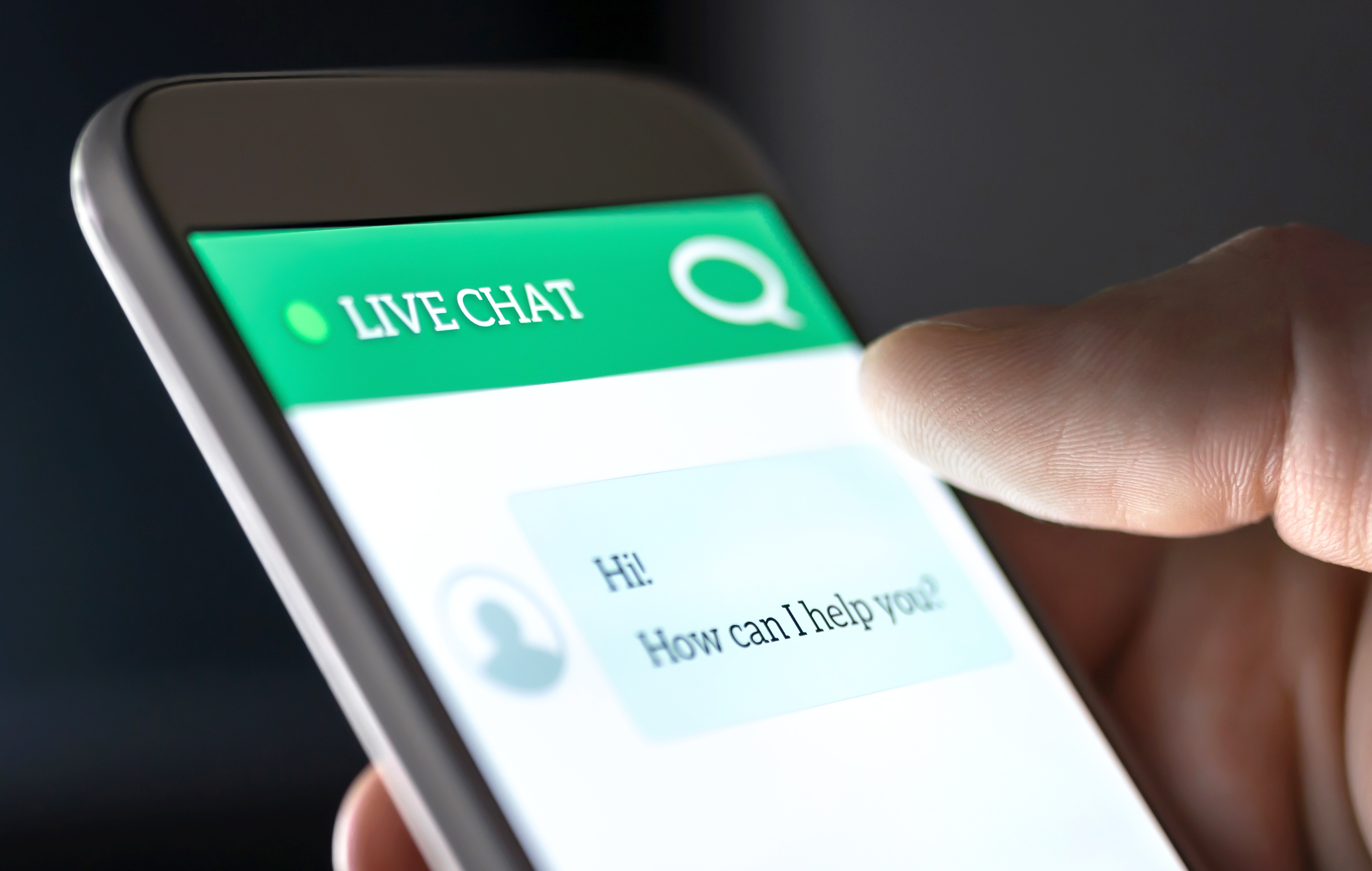Supporting Vulnerable Customers: Live Chat

Last year CCMA research showed that 2 in 3 UK adults self-identified as vulnerable.
Throughout October, we'll be writing a weekly blog to explore best-practise techniques you can implement across each communication channel to provide better CX to vulnerable customers.
This week we'll begin the series by examining the live chat channel.
Who are vulnerable customers?
Let's start by identifying what it means to be a vulnerable customers. Here are four key drivers of vulnerability:
- Health –any long-term disability, or illness such as speech, hearing or visual impairment, age-related conditions, and learning disabilities
- Life events – major life events such as bereavement, loss of employment or relationship breakdown can create vulnerability
- Capability – low or limited knowledge of financial matters, a lack of digital skills or low confidence in managing money
- Resilience – having a lack of support structure, or low ability to withstand financial or emotional pressure
Customer vulnerability can be described as having two distinct states – actual and potential:
- Actual customer vulnerability is easier to define and is normally permanent, but can also be transient as customer circumstances may change
- Potential customer vulnerability is an exceptionally broad category and is far more challenging to define and identify, but with the current financial pressures affecting the population, the prediction is that there will be a marked increase in the number of vulnerable people in our society
Identifying and supporting vulnerable customers
One of the biggest challenges for any contact centre is identifying vulnerable customers, and though there may be some customers who willingly self-identify, those experiencing temporary life challenges are far less likely to identify as vulnerable, as they may carry shame, embarrassment, or fear of judgement
Our goal in this series of blogs is to share our tips and advice on how making some small changes within each of the contact centre channels can improve the customer experience, so that agents can focus on helping, and adding value.
First in our series – let’s explore how you can ensure your live chat service supports vulnerable customers.
Providing accessible digital channels
Digital transformation is at the forefront of most companies' agendas. Trying to educate and encourage a change in behaviour for customers to engage, or start their contact journey through a digital channel will only be successful if the experience within those channels is positive and builds trust.
Live Chat is the most commonly used digital channel, so let’s explore how you can use it effectively.
Shortcuts and canned responses
In order to be efficient with utilisation rates, agent shortcuts are often used. A “shortcut” is effectively a pre-worded, “canned” response.
Canned messages can be a double-edged sword. On one hand, they help agents be more efficient and simply reply faster. On the other hand, using prefabricated messages can easily sound unnatural and impersonal.
It’s important to remember that this is a human to human engagement, so if shortcuts are used, the content within them is natural and conversational rather than functional.
All communication needs empathy, respect, patience, and needs to demonstrate effective listening.
So, just as we'll explore later in this series when we cover the voice channel, there may be some indicators from a customer’s responses that flag a potential vulnerability. In this case, we would recommend the live chat agent should have clear paths to escalation.
Avoid using shortcuts for vulnerable customers - the goal is to reassure, help and create trust
If shortcuts are used, be mindful about the speed of response – replying too quickly with a shortcut can be overwhelming and can make the user feel rushed, but equally leaving long pauses between replying can be frustrating – and if a customer is vulnerable, this frustration can grow.
Reviewing live chat transcripts on a regular basis is always recommended. There are many analytic tools available that will scan text for sentiment and key words, so use these to monitor conversations.
We’d also recommend that Agents have helpful links to appropriate resources available to share – and customers can then use them after the chat has ended. Videos are a great example of this, and we'll be looking at how you can use video in the contact centre to better support vulnerable customers later on in this series.
How can we help you provide outstanding CX for every customer?
Trusted by over 350 of the UK’s biggest brands; our award-winning strategic approach seeks to streamline communication, creating a seamless and positive experience that is at once creative, clear and on-brand. Our work has a direct, tangible impact on contact centre performance, customer experience and brand reputation.
